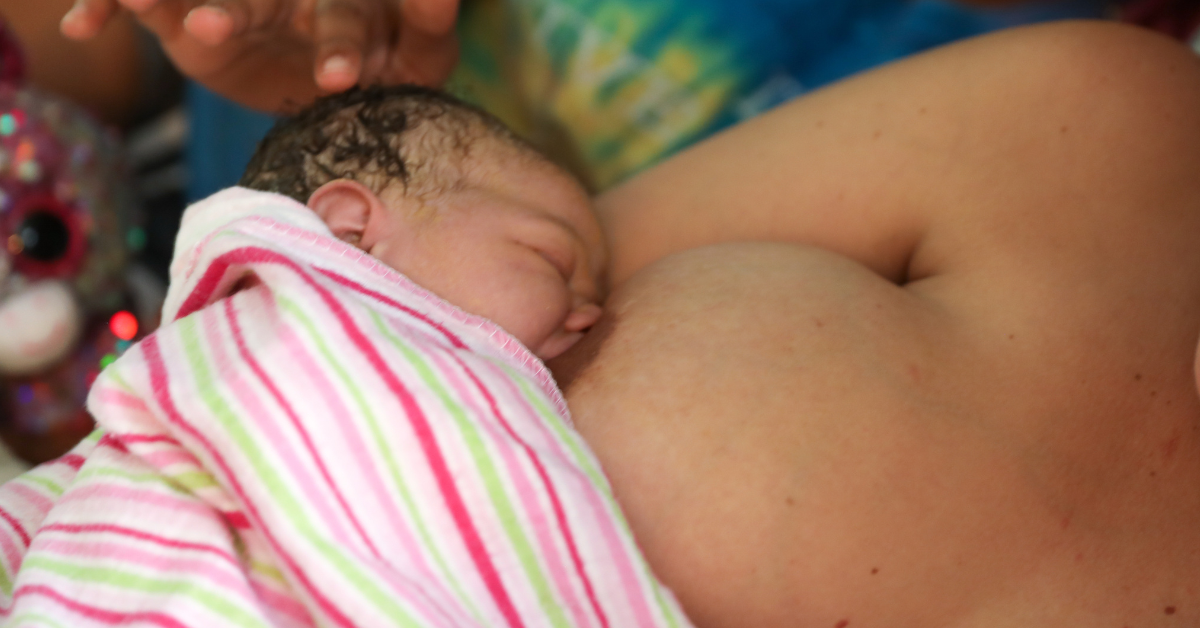Your body speaks a beautiful and unique language when it comes to fertility. Each month, it offers delicate clues about your fertile window—signs that can guide your journey to motherhood or help you embrace natural family planning with confidence.
At Midwife360, we believe tracking ovulation doesn’t have to feel overwhelming. With a little guidance and the right tools, you can tune into your body’s natural rhythms, recognize the signs, and chart a course toward your goals with clarity and ease.
Are you ready to embrace your body’s innate wisdom and learn the art of ovulation tracking? This guide will walk you through the essentials: understanding your menstrual cycle, discovering modern tracking tools, recognizing physical signs, and creating a routine that fits effortlessly into your life. Let’s decode your body’s beautiful fertility language together.
Understanding Your Menstrual Cycle: The Basics
Your menstrual cycle is like your body’s monthly masterpiece—a rhythmic story unique to you. By understanding its flow, you can unlock the key to identifying your most fertile days with confidence and grace.
The Key Phases of the Menstrual Cycle
Your cycle is divided into four key phases, each playing a vital role:
- Menstrual Phase: Your period marks the beginning of a new cycle.
- Follicular Phase: Your body prepares an egg for ovulation.
- Ovulation Phase: The main event—your egg is released.
- Luteal Phase: Your body creates an environment perfect for a potential pregnancy.
Identifying Your Fertile Window
Nature gifts you a six-day fertility window each cycle: five days leading up to ovulation and the day of ovulation itself. While your egg only remains viable for 12–24 hours after release, sperm can live up to five days in your reproductive tract, waiting for that magical moment.
How Cycle Length Affects Ovulation
Your ovulation timing depends on your cycle length:
- A 28-day cycle usually means ovulation happens around day 14.
- For a 35-day cycle, ovulation occurs closer to day 21.
- With a 21-day cycle, ovulation might happen as early as day 7.
It’s important to remember that only about 15% of women have a “textbook” 28-day cycle. Your cycle may vary from month to month, and that’s perfectly normal! By tracking your unique rhythm, you’ll gain a deeper understanding of your body’s patterns and fertile days.
Digital Tools for Tracking Ovulation
Technology has made fertility tracking more accessible and precise than ever. From smartphone apps to advanced monitors, these tools help you decode your body’s fertility signals with ease.
Fertility Tracking Apps
Apps like Flo, Clue, and Natural Cycles have become trusted companions for women worldwide. With user-friendly features like symptom tracking, period predictions, and community support, these apps empower you to understand your cycle better. Notably, Natural Cycles is FDA-approved for pregnancy prevention and uses temperature tracking to pinpoint fertile days with incredible accuracy.
Smart Fertility Monitors
For those looking for even more precision, fertility monitors like OvuSense, Clearblue Digital, and DuoFertility provide comprehensive insights:
- OvuSense: Tracks your core temperature with 99% accuracy.
- Clearblue Digital: Detects hormone levels with over 99% accuracy.
- DuoFertility: Records thousands of daily readings to identify ovulation effortlessly.
Digital Charting Methods
Forget paper charts—your smartphone and wearable devices can track your cycle seamlessly. Combining temperature tracking, symptom logging, and hormonal data creates a more complete picture of your fertility.
For women with irregular cycles or PCOS, pairing digital tools with traditional methods often yields the most reliable results. Research even shows that combining temperature and hormone tracking can match the accuracy of clinical blood tests!
Physical Signs of Ovulation
Your body provides subtle yet powerful clues about your fertility. By learning to recognize these signs, you can confidently identify your fertile window.
Cervical Mucus Changes
Cervical mucus is one of the most reliable indicators of ovulation. During your fertile window, your mucus becomes clear, stretchy, and similar to raw egg whites—a sign your body is preparing for pregnancy.
Basal Body Temperature (BBT)
Your BBT changes throughout your cycle:
- Before ovulation: 96–98°F (35.5–36.6°C).
- After ovulation: Rises 0.4–1.0°F (0.22–0.56°C).
Tracking your temperature first thing in the morning can help you confirm ovulation when paired with other methods.
Other Physical Signs
Additional signs may include:
- A soft, open cervix during ovulation.
- Mild abdominal twinges or cramps.
- Breast tenderness due to hormonal shifts.
Using Ovulation Prediction Kits (OPKs)
OPKs detect hormonal changes that signal ovulation is near, offering an easy and accurate way to track your fertility.
Types of Ovulation Tests
Options include:
- Strip Tests: Simple and affordable LH tests.
- Digital Tests: Provide clear results and track estrogen and LH.
- Fertility Monitors: Advanced tools for detailed insights.
Using OPKs Effectively
- Start testing a few days before your expected ovulation.
- Test at the same time daily, ideally in the afternoon or evening.
- Avoid drinking fluids 4 hours before testing for accurate results.
Creating Your Tracking Routine
Combining methods often provide the most accurate insights. For example, the symptothermal method—tracking temperature, cervical mucus, and calendar data—can confirm ovulation with 99.6% accuracy.
To build your routine:
- Choose your primary tracking tool.
- Pair it with secondary methods for deeper insights.
- Track consistently for at least six months to understand your patterns.
Tracking Ovulation with Midwife360
Tracking ovulation is a powerful way to connect with your body, whether you’re planning for pregnancy or simply embracing your natural rhythm. At Midwife360, we’re here to support you every step of the way with compassionate care, holistic solutions, and expert guidance.





